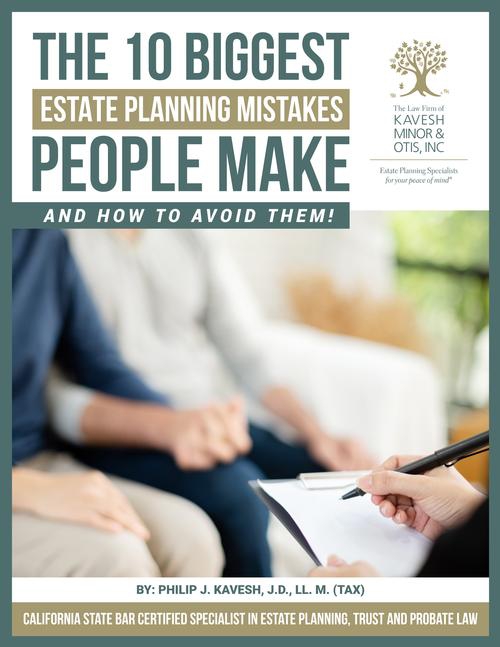![Estate planning checklist]() Making Your Checklist
Making Your Checklist
You don’t have to be a certain age to start planning what happens to your estate when you die. No matter whether you’re young and single, married, or nearing retirement, making a checklist of your assets and what you want to do with them is a first step in ensuring that your legacy is protected. You can:
- Make a list of your most valuable assets. This can include vehicles, real properties, bank accounts, and cash funds. Knowing what you own and how much it is worth is an important first step in the estate-planning process.
- Collect evidence of your asset-ownership. This can include gathering vehicle titles and deeds. You can use these documents as part of your estate plan: you might, for instance, enter into a joint-tenancy arrangement with your spouse or domestic partner, letting them inherit the family home tax-free after you die.
- Write a last will and testament. A will lets you name heirs and apportion your belongings. You can also use a will to grant an individual power of medical or financial attorney, in case you are ever hurt or seriously incapacitated.
- Consider whether you need a trust. Large or complex assets can benefit from the creation of a revocable living trust. You can transfer assets into a trust, such as a home or stocks portfolio, which can then be passed on your loved ones without the need for probate proceedings.
|
Related links: |



 Making Your Checklist
Making Your Checklist








